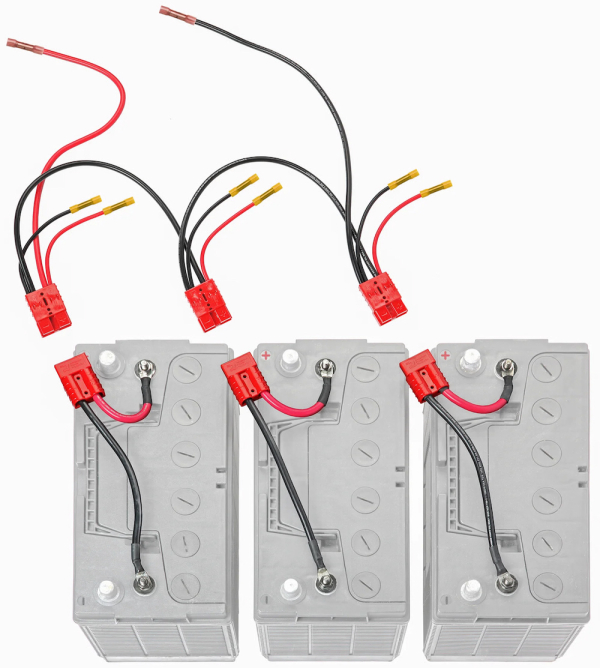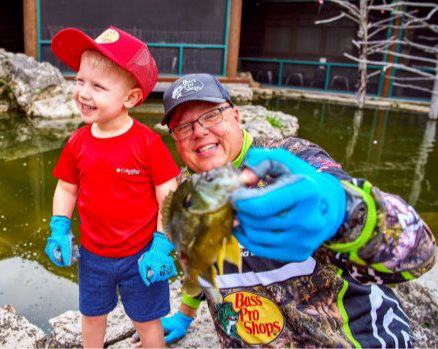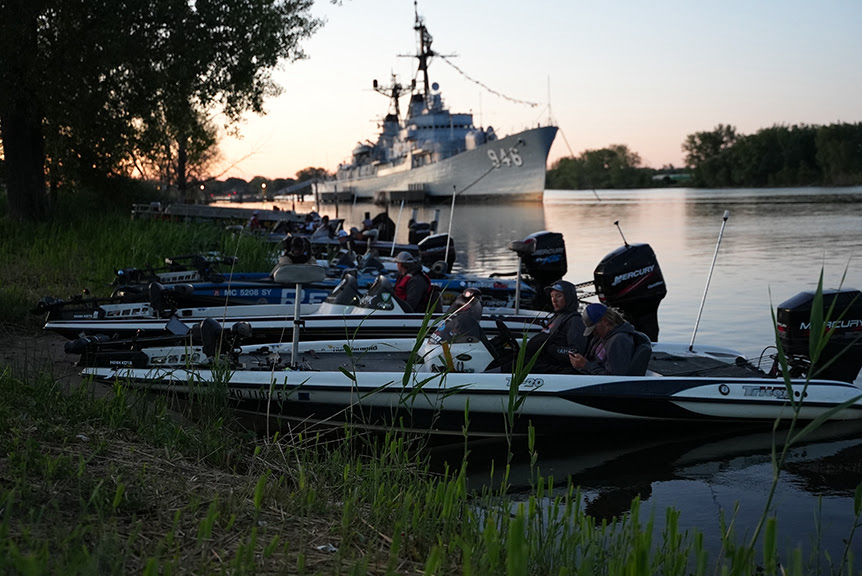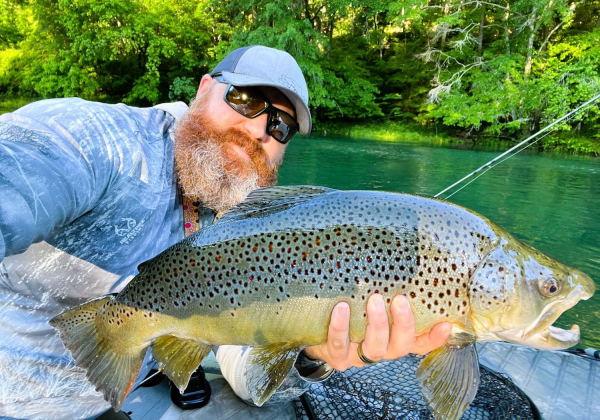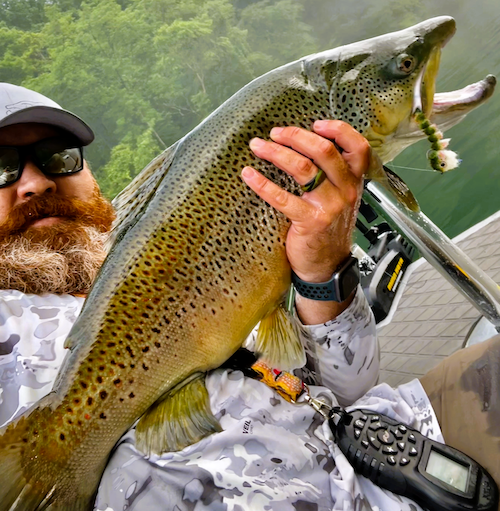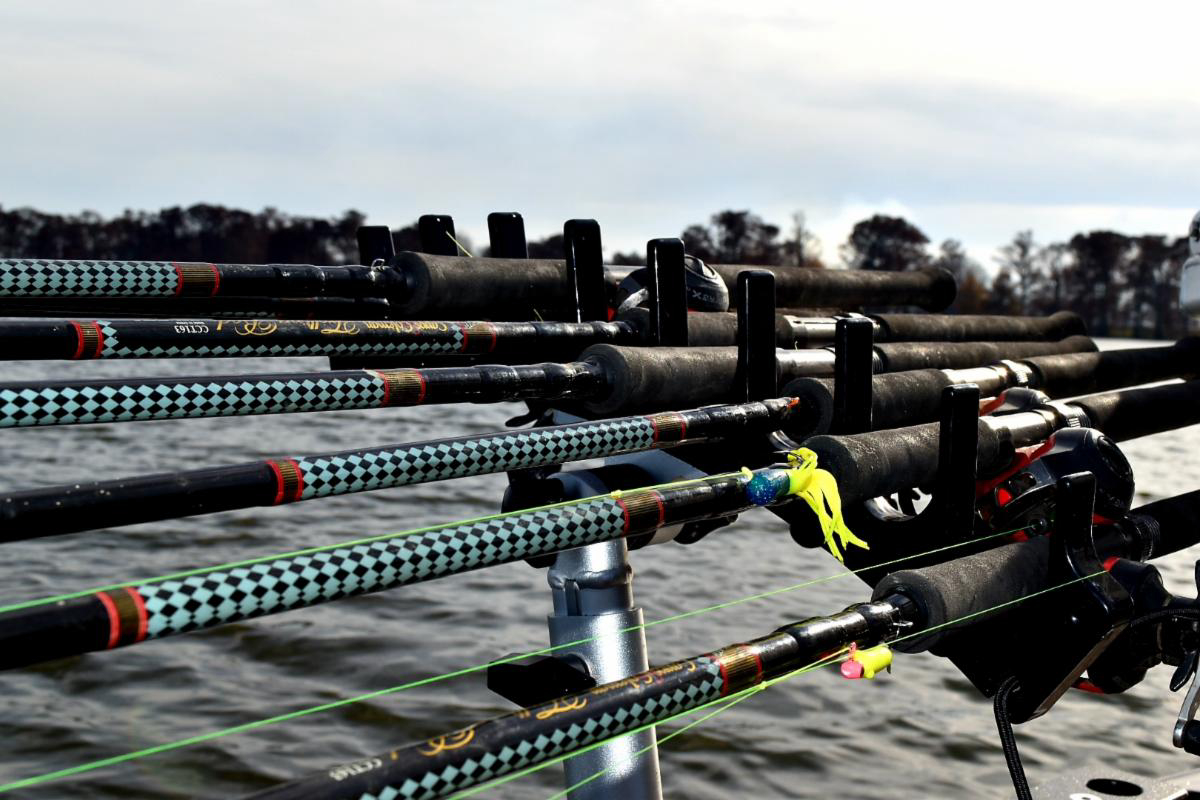The Michigan Department of Natural Resources is awarding more than $1.7 million in Fisheries Habitat Grants for conservation projects on lakes and streams statewide. The funds are matched by more than $950,000 in partner contributions, for a total conservation value of about $2.7 million.
“These grants provide critical funding for projects that yield cleaner water, healthier fish populations and better aquatic habitats – all of which make the outdoors safer and more enjoyable for residents,” said Randy Claramunt, chief of the DNR Fisheries Division. “Our natural resources have always been central to Michigan’s appeal as an outdoor recreation destination, and creative, collaborative projects like these make a lasting, positive impact on those resources.”
The projects will rehabilitate and protect valuable fish habitats that provide the foundation for Michigan’s world-class fisheries. Two of them are DNR Priority Habitat Conservation Projects – those proactively identified by the department as important to sustaining healthy habitats, fisheries and aquatic communities – and another four are projects that directly benefit priorities of Michigan’s Wildlife Action Plan.
The Fisheries Habitat Grant program provides funding for a variety of activities including fish habitat conservation, dam removal and repair, resource assessment studies and access to recreation opportunities such as fishing. Funding from fishing license sales, state of Michigan general funds and a settlement with Consumers Energy is distributed through three grant areas: aquatic habitat conservation, dam management, and aquatic habitat and recreation in the Au Sable, Manistee and Muskegon river watersheds.
Most of the funding is distributed through traditional grants that are funded this year, but the Fisheries Habitat Grant program also provides conditional commitments for funding from future years. These conditional commitments enable partners to leverage future Fisheries Habitat Grant funds in applications for federal and other funding sources, making high-priority and sometimes very expensive projects possible.
Joe Nohner, a resource analyst with the DNR Fisheries Division, said the funded projects will protect and rehabilitate aquatic habitats across the state, while in many cases also improving public safety through the removal of dams.
“These projects are critical to strengthening and maintaining populations of fishes and other aquatic species,” Nohner said. “They will improve fish migration in over 327 miles of Michigan streams and boost public safety through the removal of three dams and seven culverts.”
Supporting work in 12 counties Read more
